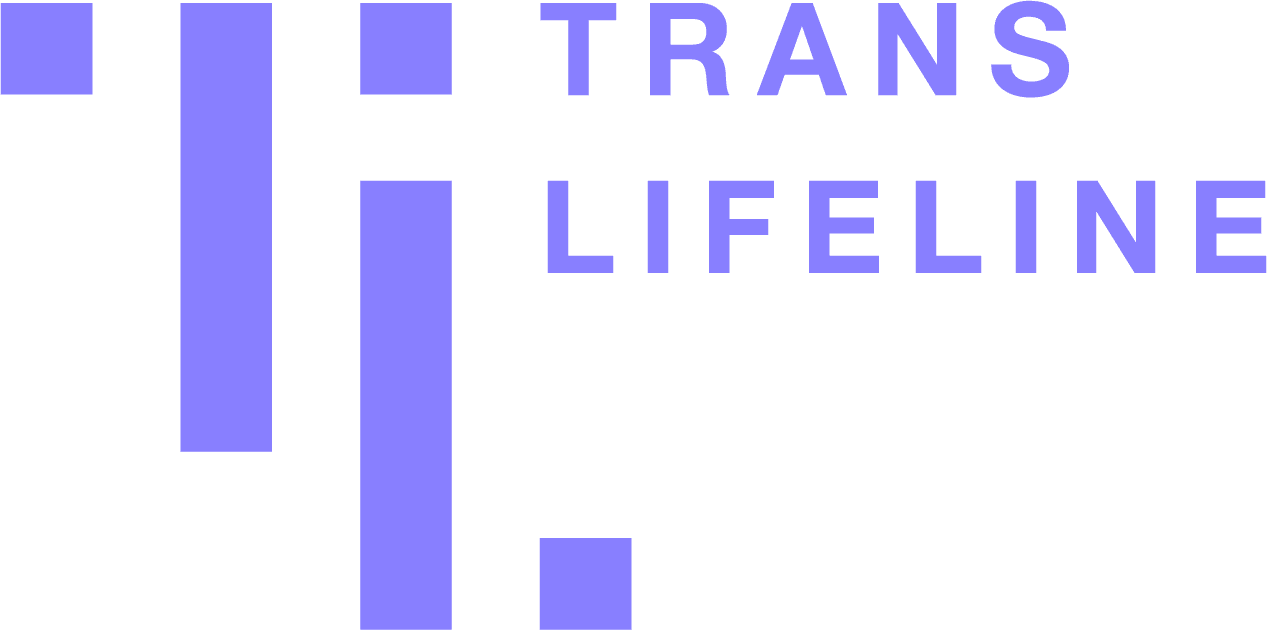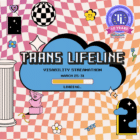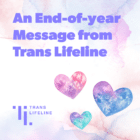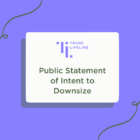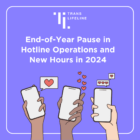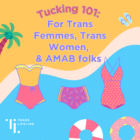The Limits of Language in Describing Our Identities
As a person who learned English as a second language, I am fascinated by the complexity and nuances of words and meanings and the attachment (or disgust) people can develop to specific terms and labels. So, I don’t find it surprising that within the broader TLGBQ+ community, our relationship with the language used to describe ourselves is just as complicated.

What I’ve learned is that English TLGBQ+ jargon is a mix of community-generated slang, re-claimed slurs, medicalized terms, and old-fashioned language rooted in dated assumptions about TLGBQ+ people. Learning this slang and understanding if/when it’s appropriate to use is an ongoing process.
I realized I was transgender in 2003 (though I’ve known it since I was maybe three years old). Back then, the typical gender transition journey, particularly a medical one, was very gatekept and was based on the mainstream gender binary—which limited the language used to describe transness. I knew I definitely was not a woman, so I seized on the only other option I knew. Though I didn’t feel entirely comfortable identifying as a “man,” even a trans one, it was the language I had at the time. So, for many years, I identified as a trans man, even though it didn’t feel quite right. It stayed like that until about five years ago, when I moved back to the U.S. from Mexico when I learned the term “trans masculine.” I immediately adopted it as it felt more accurate and allowed me more room to define myself. The “trans” part of the label honors my journey from struggle and distress to discovery and self-acceptance, as well as the literal sweat, blood, and tears (and money!) that I’ve poured into my social, medical, and legal gender transition. The “masculine” part honors my feeling more at home in my body, more authentically me. My masculine gender expression also allows me to navigate the world with an invisible cloak, as people assume I am a cis man and leave me alone (which feels like a safer form of misgendering).
Labels can be awkward and inaccurate, absolutely, and we need them to describe who we are and differentiate our identities and experiences. In a world that is constantly and violently trying to deny our rights and identity, it’s essential to be able to self-identify and legitimize our existence. New terms and meanings can challenge us to think about gender, sexuality, and attraction in ways we never thought of before.
I remember well when I first met a trans masculine person who identified as non-binary and used they/them pronouns. At first, I was baffled and upset. I felt my years of anguish, legal and medical battles, and physical and emotional pain—my identity as a transgender person—were being invalidated. But I also knew that what I was experiencing was not caused by the existence of non-binary people, so I took the time to research and learn more about what it meant to be non-binary. This helped me get over my initial reaction, and eventually, I embraced “non-binary” as a term that describes my non-dual relationship to gender. I now use they/them pronouns in addition to he/him.
As a binational, bilingual, multiethnic person, “non-binary” also became a way to question and challenge the multiple binaries with which society attempts to define me and limit the space I am entitled to occupy in this world. I’m thankful for continuously being presented with new words to question and describe my fluid identity, and I’m thankful for the discomfort I experience when I find myself in unfamiliar territory. My discomfort is not a sign of my inadequacy. Instead, I see it as a sign that I’m about to learn something about myself and others and expand my world anew.
-León (they/he) at Trans Lifeline
Recent
- Press Release: Trans Week of Visibility Streamathon

- An End-of-year Message from Trans Lifeline

- Navigating Change: Trans Lifeline Initiaties Restructure for Long-Term Resilience

- End-of-Year Pause in Hotline Operations & New Hours in 2024

- Tucking Guide for Trans Femmes, Trans Women & AMAB

